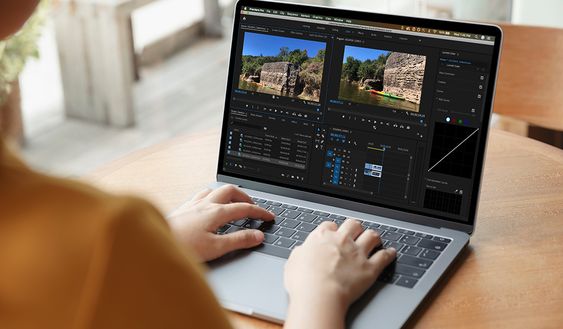How to Measure Light Intensity

Introduction
Light intensity is a significant factor in various fields, including photography, horticulture, and environmental science. It refers to the amount of light that falls upon a specific area. Measuring light intensity ensures optimal work environments, plant growth, and energy efficiency in homes and public spaces. This article will guide you through various methods to measure light intensity and help you understand its importance.
Methods for Measuring Light Intensity
1.Lux Meter
A lux meter is a specialized device used to measure light intensity in an environment with high accuracy. It measures illuminance in lux (lumens per square meter), which is the standard unit widely used across industries. To take a reading, turn on the device and hold it at the desired spot you want to measure. Lux meters are useful for photographers, architects, and engineers who need to assess and maintain proper lighting levels in their projects.
2.Photodiode
Photodiodes are semiconductor devices that convert light into electrical current. They are often utilized in sensors for cameras, solar panels, and other electronics to measure light intensity. A higher current flowing through the diode indicates a higher light intensity level. To use a photodiode for measurement purposes, connect it to a sensitive current or voltage meter and expose it to the light source you want to quantify.
3.Smartphone Applications
Several mobile applications can evaluate lux levels by utilizing your phone’s camera sensors and built-in ambient light sensors. While they may not be as accurate as dedicated lux meters or photodiodes, they offer valuable information when professional tools aren’t readily available. Search your app store for a suitable application compatible with your smartphone and follow the in-app instructions for use.
4.Estimating Using Visual Cues
Although not as precise as using specialized equipment, you can estimate light intensity through visual indicators like shadows or contrast between illuminated spots and surrounding dark areas. For example, bright sunlight creates sharp and well-defined shadows, indicating a high light intensity level, while overcast skies or indoor spaces generally generate softer shadows and lower levels of illuminance.
Factors Influencing Light Intensity
– Distance: The farther you are from a light source, the lower the light intensity will be.
– Angle: The angle at which light falls on an area can significantly affect its intensity.
– Reflection: Light bouncing off walls, ceilings, and other surfaces influences overall light levels in the environment.
Conclusion
Measuring light intensity is essential across various domains to maintain suitable lighting conditions for productivity, mood regulation, health, safety, and aesthetics. Lux meters, photodiodes, smartphone applications, and visual cues are effective methods anyone can use to measure light intensity. Remember to consider distance, angle, and reflection factors for accurate assessments of illumination in your environment.






